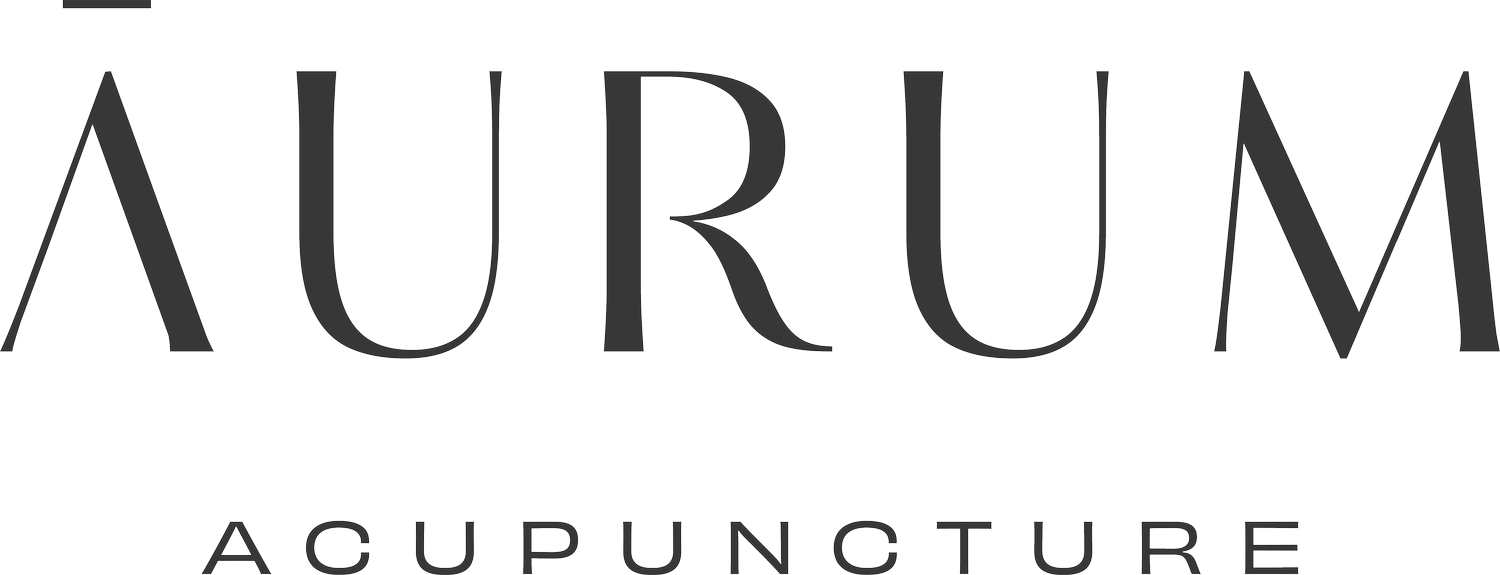Spring is a time of renewal, growth, and expansion. In Traditional Chinese Medicine (TCM), this season corresponds to the Wood element, which governs the Liver and Gallbladder. Understanding the Wood element and aligning with its energy can help us thrive during this vibrant season.
The Wood Element and Spring
In TCM, each season is linked to one of the Five Elements, and Wood is associated with spring. Just as trees and plants push upward and outward after winter dormancy, our bodies and minds also seek movement, flexibility, and new beginnings.
Wood represents growth, vision, and adaptability. When our Wood element is in balance, we feel motivated, creative, and resilient. However, if the Wood energy is stagnant or excessive, we may experience frustration, irritability, digestive discomfort, or tension in the muscles and tendons.
The Liver and Gallbladder: Spring’s Governing Organs
The Liver and Gallbladder are the primary organs connected to the Wood element. The Liver is responsible for the smooth flow of Qi (energy) throughout the body, while the Gallbladder supports decision-making and courage. When these organs function well, we experience emotional clarity, smooth digestion, and physical flexibility.
However, stress, poor diet, and lack of movement can cause Liver Qi stagnation, leading to symptoms such as:
Irritability and mood swings
Eye strain or blurry vision
Headaches, especially on the sides of the head
Digestive disturbances, such as bloating or acid reflux
Muscle stiffness and tension
Understanding the Liver and Gallbladder in TCM vs. Western Medicine
In TCM, the Liver and Gallbladder are understood as energetic systems rather than just physical organs. While the Liver in Western medicine is primarily responsible for detoxification and metabolic functions, in TCM, it is seen as the organ that regulates the flow of Qi and emotions. Similarly, the Gallbladder in Western medicine helps store and release bile, while in TCM, it is linked to decision-making, courage, and the ability to take action.
These TCM organ systems encompass a broader physiological and emotional role, meaning that symptoms related to the Liver or Gallbladder in TCM may not necessarily indicate dysfunction in the physical organs from a Western medical perspective. Instead, they represent energetic imbalances that can be addressed through diet, lifestyle, acupuncture, and herbal medicine.
How to Align with Spring’s Energy
To stay in harmony with the Wood element, consider these practices:
1. Eat Seasonally
Support your Liver by consuming light, fresh, and green foods. Leafy greens, sprouts, citrus fruits, and sour flavors help detoxify and invigorate the body. Reduce heavy, greasy, or overly processed foods that can burden the Liver.
2. Move Your Body
Stretching, yoga, walking, and outdoor activities help release stagnant Liver Qi. Engage in exercises that promote flexibility and circulation.
3. Practice Emotional Release
Spring is a great time to release pent-up emotions. Journaling, breathwork, and acupuncture can help clear emotional blockages and promote a sense of ease.
4. Spend Time in Nature
Connect with the Wood element by surrounding yourself with greenery. Walk in the woods, garden, or simply open your windows to let in fresh air.
5. Cleanse and Declutter
Spring cleaning isn’t just for your home—it’s also for your mind and body. Consider a gentle detox with herbal teas, plenty of water, and mindfulness practices to let go of what no longer serves you.
6. Get Acupuncture
Acupuncture helps balance Liver Qi, relieve stress, and support overall well-being. It’s especially beneficial in spring to encourage a smooth transition into the season.
By aligning with the energy of spring and the Wood element, you can cultivate vitality, clarity, and a sense of renewal. Embrace the season’s opportunities for growth, and enjoy the fresh start that spring offers!





